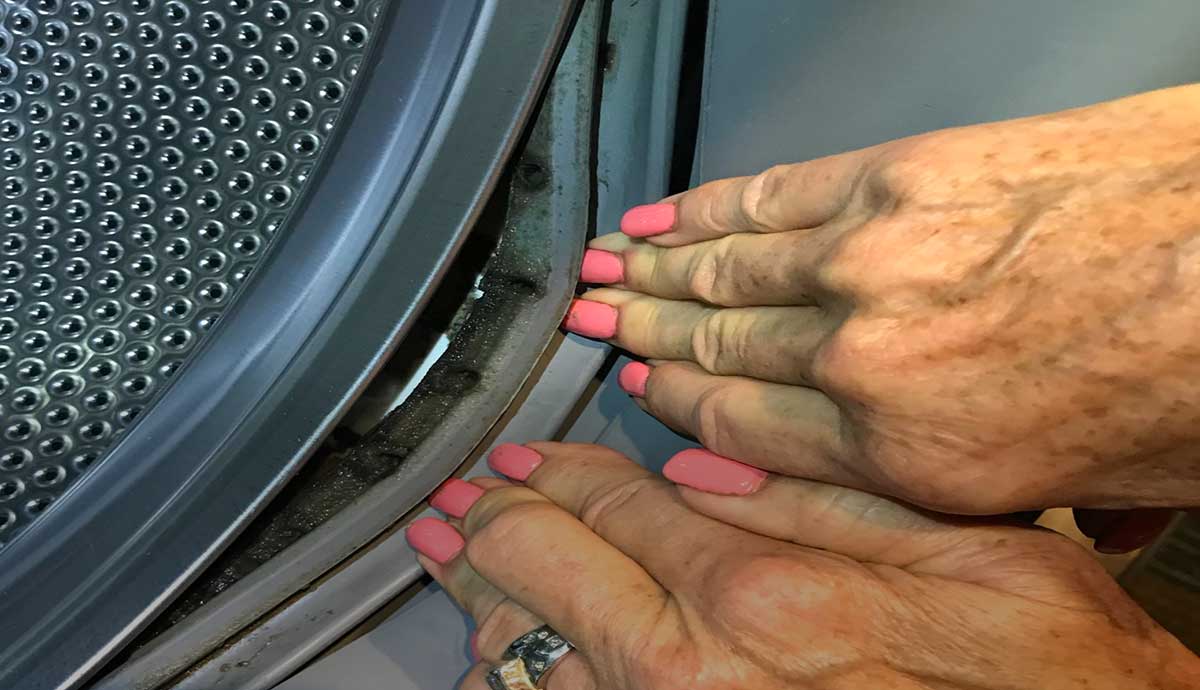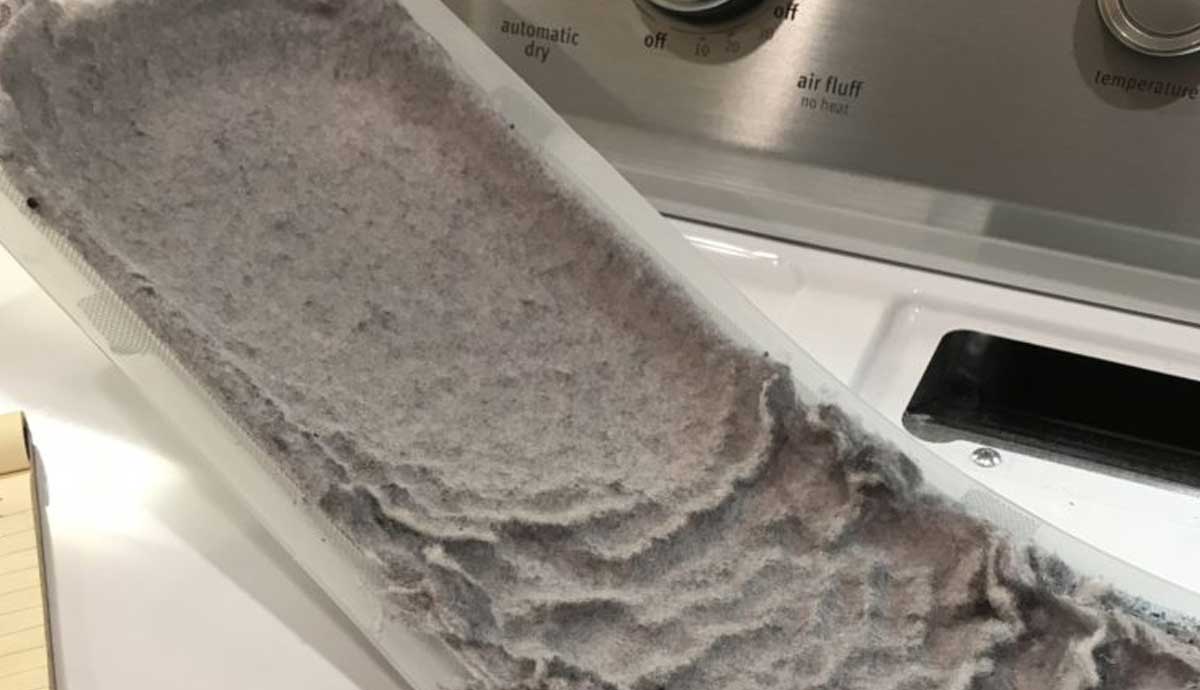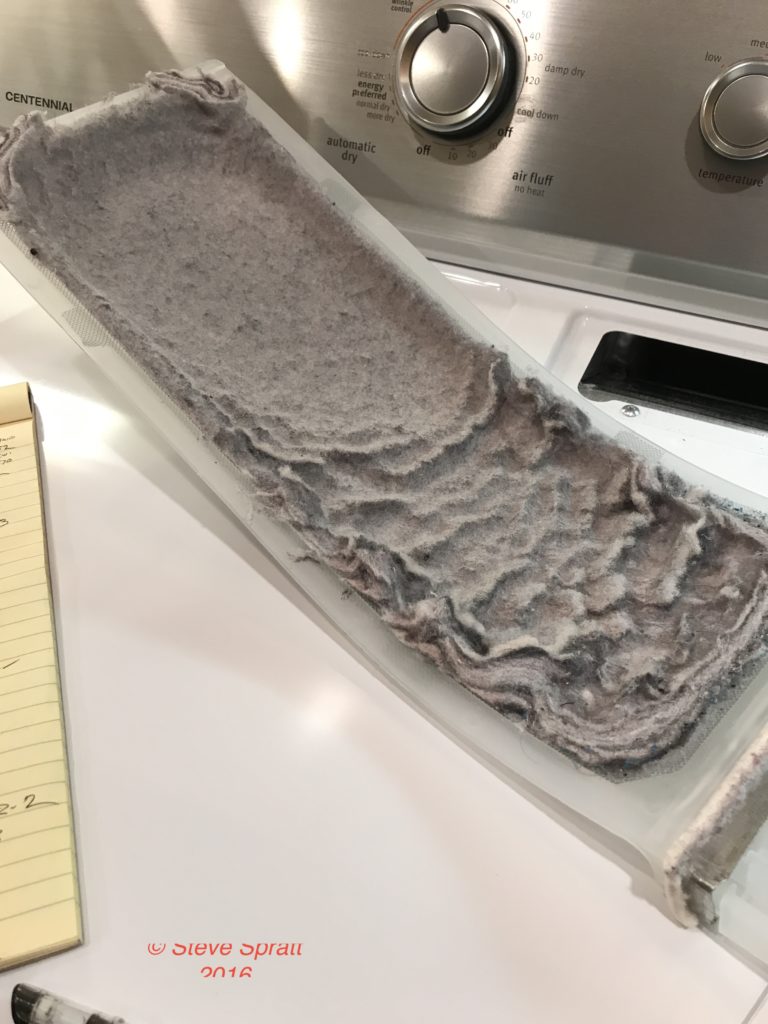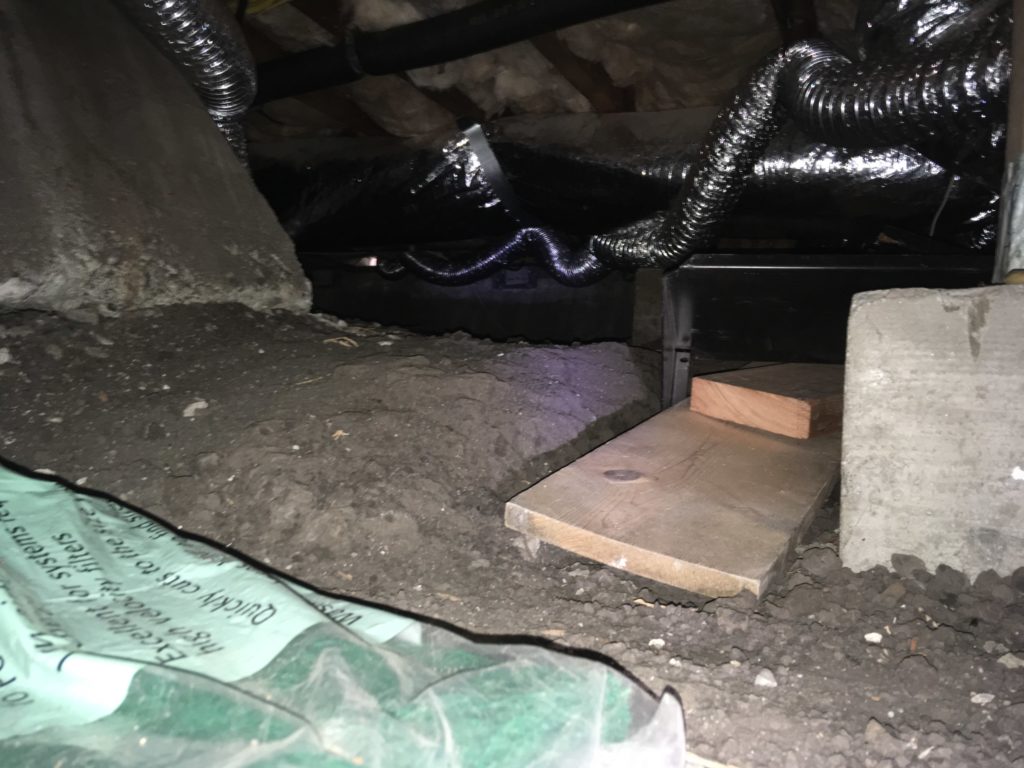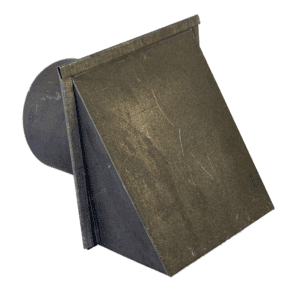Is your washer contaminated with mold or E. Coli?
Well if you have a front loader the answer is YES, you have mold in your washing machine!
If your clothes smell terrible no matter how much you wash them or what kind of detergent you use, it’s not likely your clothes. Rather, there could be residual moisture left in your washing machine between loads, where it’s probably growing hidden colonies of mold and bacteria.
I’m talking mainly about front-loading washing machines. Front loaders are some of the most popular models from the biggest appliance companies[1]. These appliances became popular in the last 15 years because they fit nicely into todays sleek contemporary architecture and they claim to be the most energy and water efficient.
Unfortunately they also act like Petri dishes and they grow a mildew called Erysiphales that makes your clothes and towels stink. The problem is tough to get rid of because it lurks hidden in the detergent drawer, rubber seals, and inside the washer drum itself.
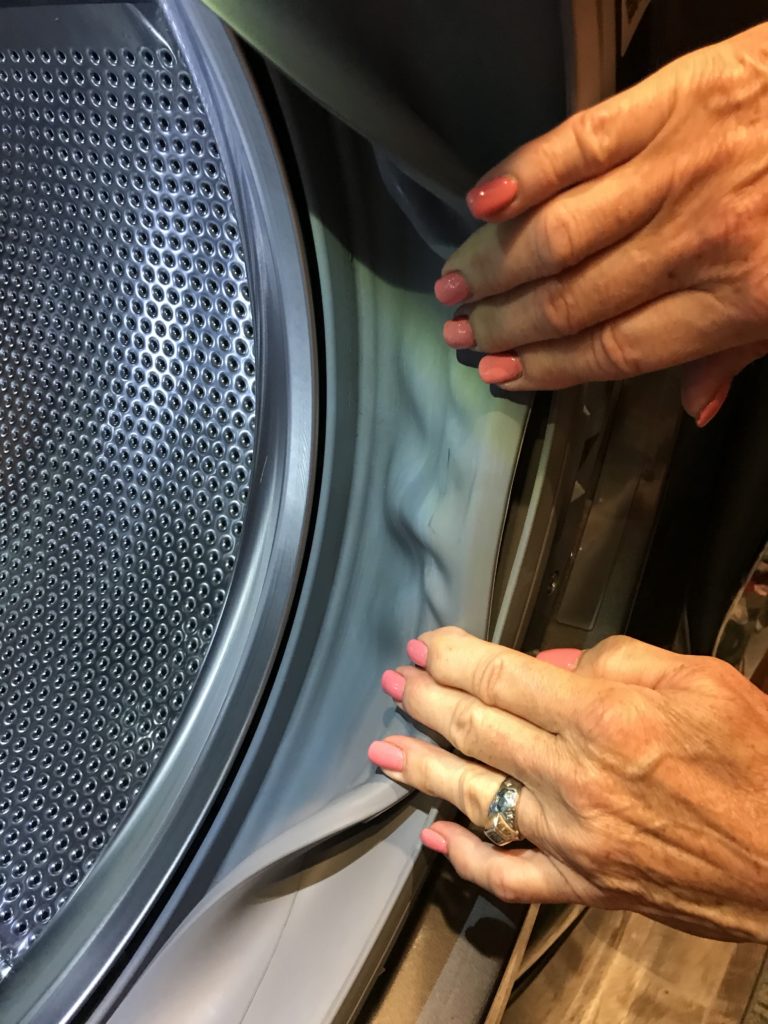
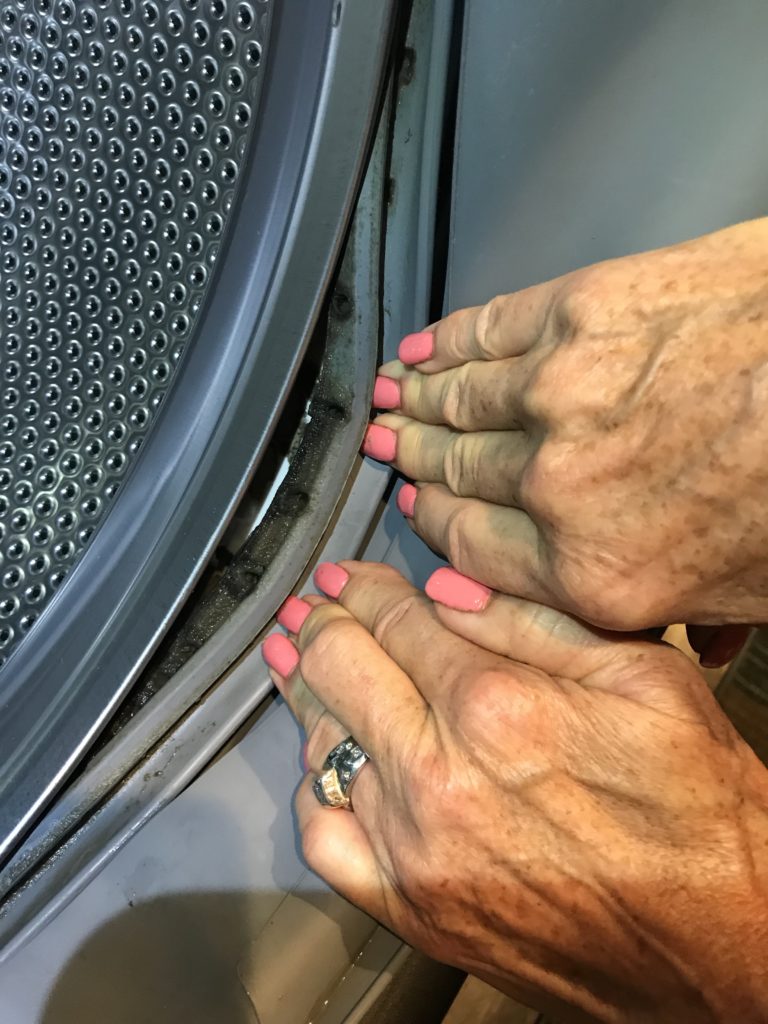
So, what is the problem with front loaders? Lack of ventilation mainly. On top-loaders any moist air naturally rises out of the machine and it quickly dries. But a front-loader is sealed, so the water and the moisture stay trapped inside. It’s a very humid environment … and it’s perfect for growing mold.
How preventing leaks can cause mold to grow?
Front-loader machines rely on rubber door gaskets to prevent leaks. The gaskets are installed in layers. This design traps moisture and lint materials and provides all kinds of places that are impossible to clean or sanitize. A condition that inevitably grows mold.
I’ve read that some “experts” claim you just need to leave the appliance door open when not in use. Not true! Others recommend wiping down the door seals in your machine with a 10 percent bleach solution. This might work fine on areas you can see. Unfortunately, there are many folds and weep holes in the seal that make it impossible to thoroughly clean. In the worst cases you may need to replace the entire door seal. This is a labor-intensive task and can be expensive.
The problem is obviously difficult to cure so it is best to try and prevent. Religiously clean the interior of your washing machine once a month beginning when new. Always towel dry the seal and leave the door open to allow air to circulate. These preventive measures are about the only ways you can keep your front loading washing machine gunk-free and reduce your family’s exposure to mold, germs and infections.
Leaving the door open won’t solve the problem once started.
Here’s a fairly effective cleaning process you can follow:
- Physically clean and remove any soap or lint build-up from the rubber gasketing all around the door. Use a rag and a cleaner that contains bleach or a 1:10 solution of bleach and water, or a 1:1 solution of vinegar and water. This is not easy because there are many folds and holes and they go all the way around the seal.
- Fill the bleach dispenser with liquid bleach and run the empty washing machine through a cleaning cycle set to “sanitize”. If you’re sensitive to bleach, use baking soda and vinegar instead. Dilute and pour in 1/2 cup of baking soda and 2 cups of distilled white vinegar.
- Leave the door or lid open overnight after the cleaning cycle is complete. Make sure the interior has completely dried out before you do your next wash.
E. coli risks
Washing machines can harbor E.coli too. Be especially diligent about sanitizing your washer on a regular basis if you live with an elderly relative, a newborn, or if you have an ill family member. Also be wary of public washing machines and machines kept in humid environments such as barns, garages or sheds, since these are the perfect environments for bacteria to thrive. Almost all laundromats have front loaders.
Carefully choose wash settings on a case-by-case basis depending on how your clothing became dirty. Regular home laundering will adequately remove normal levels of grease, dirt and other soil. However, if fabrics are contaminated with blood or body fluids, the laundering process should be enhanced with disinfecting solutions such as hydrogen peroxide, bleach, or Borax, and in water that’s at least 160°F. Many newer washers have a “sanitize” setting that will bring the wash water up to these higher temperatures.
Odor causing bacteria will even grow on the clothing itself. Some, like Micrococci can give you B.O. thank you very much! It likes to live on polyester and wool but is less likely to grow on fleece and viscose. Polyester textiles seem to be a great place to live for Micrococcus, for Enhydrobacter, and for Propionibacterium. These all play an important role in creating bad odors from sweat. Another bacteria, Staphylococcus epidermidis grows like mad on both cotton and the polyester textiles used in popular lines of fitness clothes.
A stink free solution
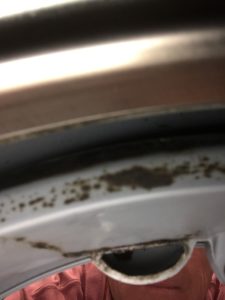
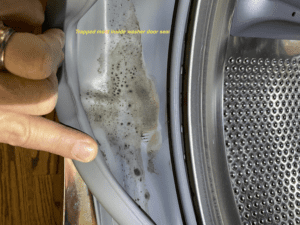
Want a permanent stink-free solution? Get an old fashioned, top-load washing machine. Your laundry must have space above the appliance for the lid to open fully, but these machines almost never have the mold problems associated with their front-loading cousins. Or, there is a cheaper and even more effective method you can employ to keep pathogens and nasties out of your clothes: a clothes line. One of the best germ killers is simple exposure to the sun and that way you can get rid of your dryer entirely.
Here are some clothes washing tips:
- Clean your washing machine: Your washer holds moisture, which leads to bacteria, mildew growth and musty-smelling clothes. Clean and sanitize it monthly.
- Do not overload the washer: packing your washer may actually be preventing your clothes from getting clean. Part of what helps clothes get clean is their ability to move around freely and generate friction with each other. Wash smaller loads
- Add less detergent: More detergent doesn’t necessarily mean a better clean. In fact, too much detergent can cause your clothes to hold onto dirt and bacteria. Read the clothing label and carefully measure out the detergent.
- Rotate hot/cold water settings: If you wash everything in cold water to reduce energy use and hot water bills it may not always be the best choice for getting clothes really clean. For the fabrics that can handle it, washing clothes in the highest water temperature possible can kill odor-causing bacteria and result in a better clean. Always read clothing labels to ensure fabrics are hot-water safe.
- Use a deodorizer: A fabric softener doesn’t neutralize odors. The slightly acidic nature of vinegar acts as a great deodorizer. Add one or two tablespoons of vinegar per load to remove odors. It will also prevent fading.
- Take clothes out to dry immediately: While your clothes are sitting in a dark and damp environment, bacteria and mold are setting up shop. Move your clothes into the dryer as soon as the wash is done. If you forget and they’ve been sitting more than two hours, run the clothes through a hot rinse cycle, then immediately dry them.
- Hang your clothes in the sun: The UV from the sun will kill most pathogens and the fresh air will make everything smell crisp and clean.
[1] Front loaders have become popular because they claim to be more efficient and they appeal to designers trying to eliminate the space required above the top-loader machines.
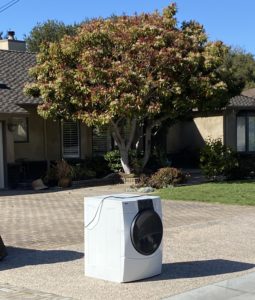
Germs such as E. coli, salmonella, and Klebsiella oxytoca can cause pneumonia, skin infections, abdominal cramps, vomiting, and diarrhea, especially in people with compromised immune systems.


